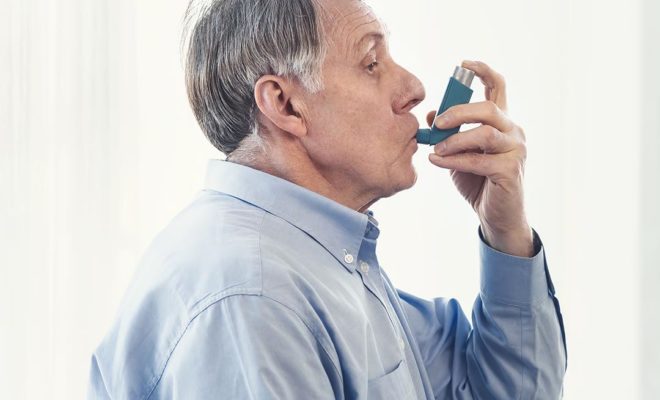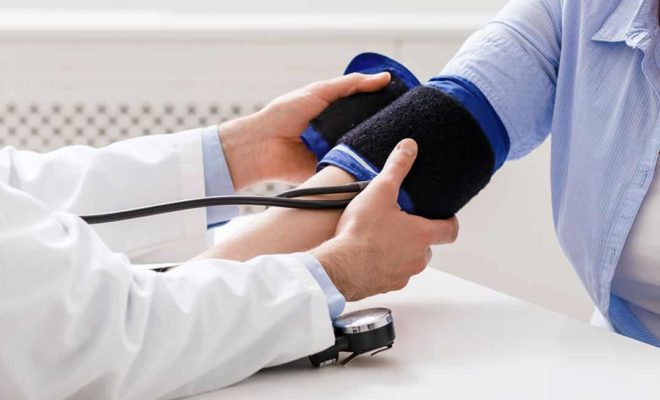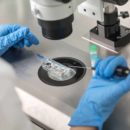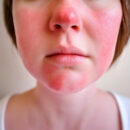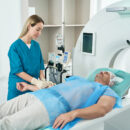Sudden Heart Attack Deaths and Covid-19
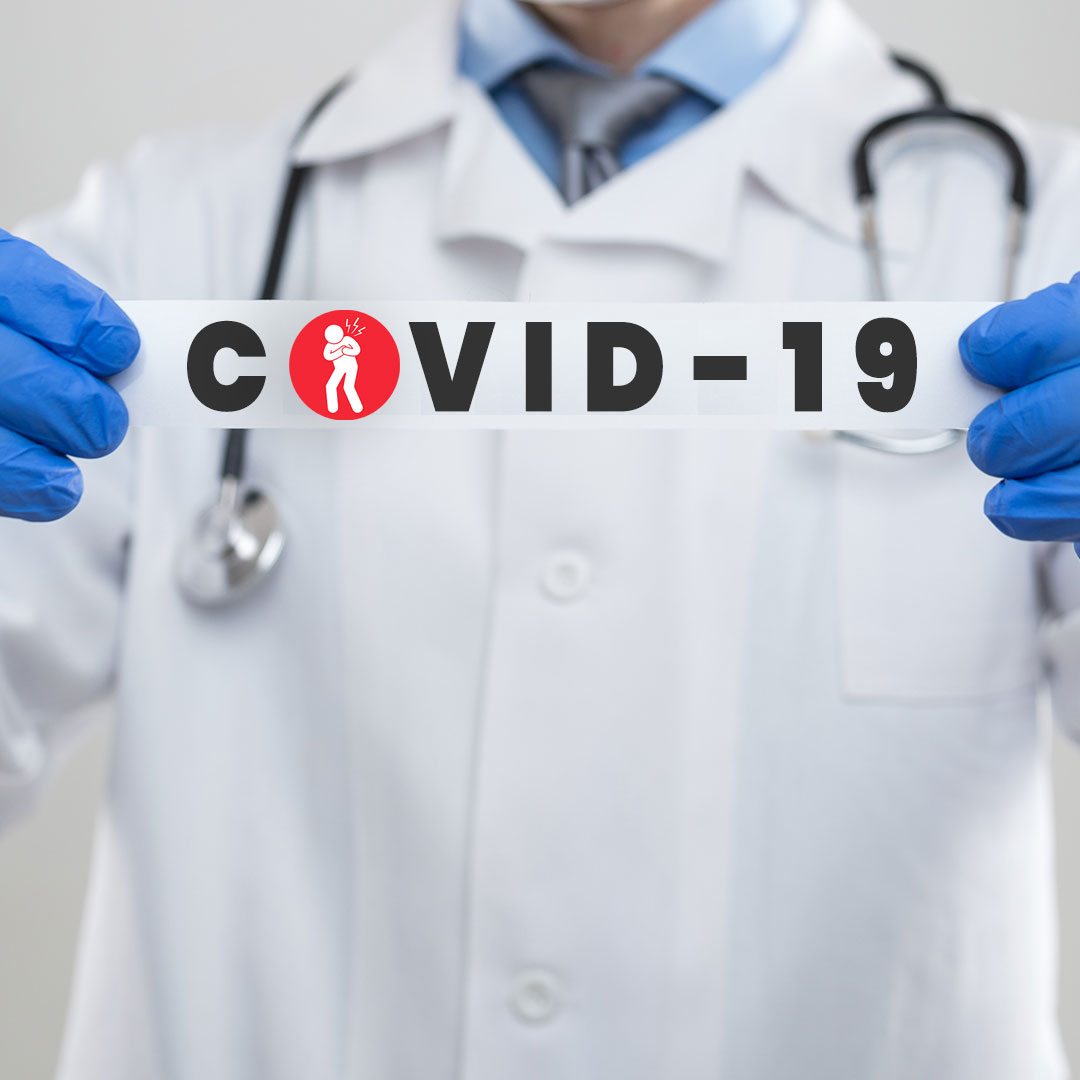
Sudden Heart Attack Deaths and Covid-19
The coronavirus disease, known as COVID-19 and caused by the SARS-CoV-2 virus, affected the world starting in Wuhan, China, in December 2019 and infected more than 36 million people in almost a year and caused the death of approximately one million people. has given1. In addition to measures such as social distance, hand washing and wearing a mask, we have access to some new and meaningful information about how we can protect ourselves, accompanied by many study findings.
Since its emergence, it has been known that the disease affects the elderly and people with chronic diseases more and is more lethal in these people. It is also known that men are more likely to get the disease than women. The role of the ACE2 receptor in the progression of infection has been a topic that has been discussed since the early times. Recent studies show that the serine protease called TMPRSS2 facilitates the entry of the SARS-CoV-2 virus through the ACE2 receptor.2. Since the TMPRSS2 gene is a gene related to androgen levels and the expression of this gene is higher in men, it is thought that men have a higher risk of contracting COVID-19.
Şu an, aslında belirti gösteren hastaların neredeyse 3-4 katı kadarının enfekte olmasına rağmen ciddi bir semptom göstermediği ve hastalığı farketmeden atlatabildiği raporlanmıştır. Her ne kadar da tüm nüfusa test yaparak net rakamların bilinmesi mümkün olmasa da, küçük popülasyonlarda yapılan çalışmalar bize yol gösterici olabilmektedir. Örneğin Arjantin’in cruise gemisinde yaşanan salgında, pozitif vakaların %81’inin herhangi bir belirti göstermeden enfeksiyonu atlattıkları gösterilmiştir. Diğer çalışmalarda bu rakam %18 ve %81 arasında değişiklik göstermektedir. Fakat tüm nüfusun teste tabi tutulamayacağını göz önünde bulundurduğumzuda, COVID-19 ile enfekte olmuş fakat herhangi bir belirti göstermeyen kişilerin belirti gösteren kişilere oranla çoğunlukta olduğunu düşünmek mümkündür3.
The World Health Organization (WHO) categorizes asymptomatic patients as patients who do not show obvious symptoms despite having a positive PCR test. However, it is also important to differentiate asymptomatic patients from pre-symptomatic patients. Since pre-symptomatic patients are in the first stage of the disease, their PCR tests may have just become positive and physical symptoms may not have started yet. Some symptoms may occur later in these people. It has been reported that the LDH level in the blood can be used as a marker to differentiate asymptomatic and pre-symptomatic patients. Observing an increase in LDH level may mean that symptoms may follow.4. Öte yandan, görüntüleme yöntemleri akciğerde hasar olup olmadığına bakarak hastalık seyri için bir fikir vermektedir. Fakat, son çıkan çalışmalarda, hastalığı semptomsuz geçiren kişilerin %30’unda buzlu cam opasitesi (ground glass opacity) ve %27’sinde konsolidasyon görüldüğü raporlanmıştır5. In other words, it is not clear whether patients will develop symptoms just by looking at a lung x-ray or tomography.
Semptomlu veya semptomsuz vakaların bir şekilde COVID-19 enfeksiyonunu atlattıktan sonra kalıcı bir rahatsızlıkları olup olmayacağını halen net olarak bilmiyoruz. Beyin hasarı, akciğer hasarı, kalp hasarı ve vasküler rahatsızlıkları raporlayan birçok vaka serisi mevcuttur. Son zamanlarda, ani kalp krizi ölümleri de COVID-19 ile alakalandırılmıştır. Örneğin İtalya’da hastane dışı kalp krizi geçirme oranlarının geçmiş senelere oranla %58 daha yüksek olduğu raporlanmıştır6. Bu hastaların bir bölümü üzerinde yapılan çalışmalarda, hastaların %77’sinin COVID-19 geçirdiği veya COVID-19 şüphesi olduğu gösterilmiştir. Paris’teki hastane dışı kalp krizi vakalarını konu alan Mayıs 2020 tarihli çalışmada da bu tür hastaların sayısında önceki yıllara göre iki kata yakın bir artış olduğu gözlemlenmiştir7.
Yoğun bakımda yatma ihtiyacı olan COVID-19 hastalarının 3’te 1’inde miyokardit ve stres kardiyomiyopati görüldüğü bilinmektedir. Bu da bu hastalığın kalp üzerinde belli başlı hasar yaratabileceğini göstermektedir. Frankfurt’ta COVID-19 enfeksiyonu geçirmiş 100 kişi üzerinde ortalama olarak hastalığın bitmesinden 71 gün sonra yapılan bir çalışmada, kişilerin %78’inde kalp hasarı tespit edilmiştir. Yine aynı çalışmada, kalp hasarının geçirilen hastalığın şiddeti veya önceden mevcut kornik hastalıklarla bir ilişkisi olmadığı anlaşılmıştır8. Yani, kronik bir hastalığı olmayan ve COVID-19’u hafif şekilde atlatan kişilerde de kalp hasarı görünme oranı yoğun bakım ihtiyacı oluşan hastalarla aynıdır. New York’ta yapılan başka bir çalışmada, Hidroksiklorokin (HCQ) adlı ilaç ve Hidroksiklorokin + Azitromisin (HCQ+AZ) kombinasyonu alan kişiler arasında yapılan bir araştırmada, sadece HCQ alan kişilerde kalp hasarına ait bulguların %16, fakat HCQ+AZ kombinasyonunu kullanan hastalarda bu rakamın %27 olduğu ve istatistiksel anlamlı bir fark bulunduğu tespit edilmiştir. Bu ilaçların etkisinin yanı sıra, COVID-19 hastalığının da kalp üzerinde ciddi bir olumsuz etkisi olduğu bilinmektedir. Genel olarak tüm virütik enfeksiyonlar mevcut kalp rahatsızlığı bulunan kişilerde kalbin metabolik ihtiyaçlarının artmasına ve enflamasyon oluşmasına sebebiyet verir ve mevcut kalp rahatsızlığının şiddetini büyütür 9. Another fact that makes the situation even more serious is that people who have cardiovascular problems but have no symptoms yet are also at risk.
It has been shown in certain case studies that COVID-19 infection affects endothelial damage and functions of endothelial cells, thus causing both arterial and venous thrombosis.10. Although there are not enough studies and it is not known how many people are at risk of thrombosis due to COVID-19, cases of pulmonary embolism and coronary thrombosis and heart attacks as a result of these have been reported recently. For example, it was recently determined that a 41-year-old diabetic patient was actually an asymptomatic COVID-19 patient after he suddenly had a heart attack and died while exercising.11. Likewise, people with limited clinical findings have also been reported to have pulmonary embolism and heart attack.
It is necessary to investigate whether COVID-19 is behind the sudden heart attack-related deaths, which have been increasing in numbers recently in our country. It is also difficult to detect heart diseases, which can manifest themselves both shortly after the disease, in people who are infected but do not show symptoms, or after a long time after the disease, because it is known that the antibody levels of people who have the disease drop significantly after a period of 3-4 months. In other words, it is almost impossible to make an exact diagnosis in people who have the disease without symptoms, whose antibody response decreases, and who still succumb to heart disease months later. However, since not all patients will be like this, investigating sudden deaths in terms of both COVID-19 PCR, antibodies and autopsy will shed light on us to develop possible prevention methods.
Son olarak, yapılan en son klinik çalışmalarda D vitamini eksikliğinin hastalık geçiren kişilerin ortak bir özelliği olduğu gösterilmiştir. İspanya’da 216 COVID-19 hastası üzerinde yapılan çalışmada, hastaların %80 oranında D vitamini eksikliği olduğu tespit edilmiştir12. Previous studies have previously reported that COVID-19 creates a cytokine storm and uncontrolled inflammation. The role of T cells called Treg in such extreme bodily reactions is known. It is also known that vitamin D strengthens Treg defense.13. In addition, it is a known fact that the risk of thrombosis increases with vitamin D deficiency and vitamin D deficiency is also observed in certain chronic diseases.14. In this case, it seems possible to say that vitamin D deficiency makes it easier to both contract the disease and increase the severity of the disease in many ways.
In short, it is observed that vitamin D has both a protective and a reducing effect on the severity of the disease. Of course, it should be known that since vitamin D is not a water-soluble vitamin, it is stored in the body and toxic effects can be observed when taken in excess. Therefore, before using vitamin D supplements, the vitamin D level should be measured and the supplement should be used under the supervision of a physician.
I wish you healthy days,
Dr. Ahmet Ozyigit
References:
1. who.int. 2020. Coronavirus Disease (COVID-19) Situation Reports. [online] Available at: [Accessed 27 October 2020].
2. Djomkam, A., Olwal, C., Sala, T. and Paemka, L., 2020. Commentary: SARS-CoV-2 Cell Entry Depends on ACE2 and TMPRSS2 and Is Blocked by a Clinically Proven Protease Inhibitor. Frontiers in Oncology, 10.
3. Nikolai, L., Meyer, C., Kremsner, P. and Velavan, T., 2020. Asymptomatic SARS Coronavirus 2 infection: Invisible yet invincible. International Journal of Infectious Diseases, 100, pp.112-116.
4. Ooi, E. and Low, J., 2020. Asymptomatic SARS-CoV-2 infection. The Lancet Infectious Diseases, 20(9), pp.996-998.
5. Long, Q., Tang, X., Shi, Q., Li, Q., Deng, H., Yuan, J., Hu, J., Xu, W., Zhang, Y., Lv, F ., Su, K., Zhang, F., Gong, J., Wu, B., Liu, X., Li, J., Qiu, J., Chen, J. and Huang, A., 2020. Clinical and immunological assessment of asymptomatic SARS-CoV-2 infections. Nature Medicine, 26(8), pp.1200-1204.
6. Baldi, E., Sechi, G., Mare, C., Canevari, F., Brancaglione, A., Primi, R., Klersy, C., Palo, A., Contri, E., Ronchi, V ., Beretta, G., Reali, F., Parogni, P., Facchin, F., Bua, D., Rizzi, U., Bussi, D., Ruggeri, S., Oltrona Visconti, L. and Savastano, S., 2020. Out-of-Hospital Cardiac Arrest during the Covid-19 Outbreak in Italy. New England Journal of Medicine, 383(5), pp.496-498.
7. Marijon, E., Karam, N., Jost, D., Perrot, D., Frattini, B., Derkenne, C., Sharifzadehgan, A., Waldmann, V., Beganton, F., Narayanan, K. ., Lafont, A., Bougouin, W. and Jouven, X., 2020. Out-of-hospital cardiac arrest during the COVID-19 pandemic in Paris, France: a population-based, observational study. The Lancet Public Health, 5(8), pp.e437-e443.
8. Puntmann, V., Carerj, M., Wieters, I., Fahim, M., Arendt, C., Hoffmann, J., Shchendrygina, A., Escher, F., Vasa-Nicotera, M., Zeiher , A., Vehreschild, M. and Nagel, E., 2020. Outcomes of Cardiovascular Magnetic Resonance Imaging in Patients Recently Recovered From Coronavirus Disease 2019 (COVID-19). JAMA Cardiology.
9. Shi, S., Qin, M., Shen, B., Cai, Y., Liu, T., Yang, F., Gong, W., Liu, X., Liang, J., Zhao, Q ., Huang, H., Yang, B. and Huang, C., 2020. Association of Cardiac Injury With Mortality in Hospitalized Patients With COVID-19 in Wuhan, China. JAMA Cardiology, 5(7), p.802.
10. Huertas, A., Montani, D., Savale, L., Pichon, J., Tu, L., Parent, F., Guignabert, C. and Humbert, M., 2020. Endothelial cell dysfunction: a major player in SARS-CoV-2 infection (COVID-19)?. European Respiratory Journal, 56(1), p.2001634.
11. Polat, V. and Bostancı, G., 2020. Sudden death due to acute pulmonary embolism in a young woman with COVID-19. Journal of Thrombosis and Thrombolysis, 50(1), pp.239-241.
12. José L Hernández, Daniel Nan, Marta Fernandez-Ayala, Mayte García-Unzueta, Miguel A Hernández-Hernández, Marcos López-Hoyos, Pedro Muñoz Cacho, José M Olmos, Manuel Gutiérrez-Cuadra, Juan J Ruiz-Cubillán, Javier Crespo, Víctor M Martínez-Taboada, 2020. Vitamin D Status in Hospitalized Patients With SARS-CoV-2 Infection, The Journal of Clinical Endocrinology & Metabolism.
13. Fisher, S., Rahimzadeh, M., Brierley, C., Gration, B., Doree, C., Kimber, C., Plaza Cajide, A., Lamikanra, A. and Roberts, D., 2019. The role of vitamin D in increasing circulating T regulatory cell numbers and modulating T regulatory cell phenotypes in patients with inflammatory disease or in healthy volunteers: A systematic review. PLOS ONE, 14(9), p.e0222313.
14. Mohammad, S., Mishra, A. and Ashraf, M., 2019. Emerging Role of Vitamin D and its Associated Molecules in Pathways Related to Pathogenesis of Thrombosis. Biomolecules, 9(11), p.649.

